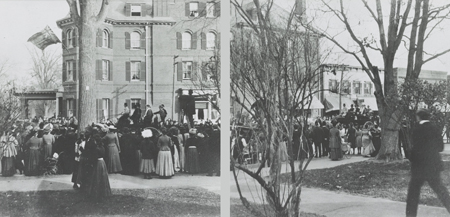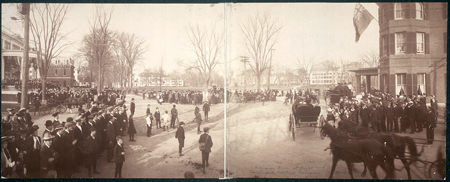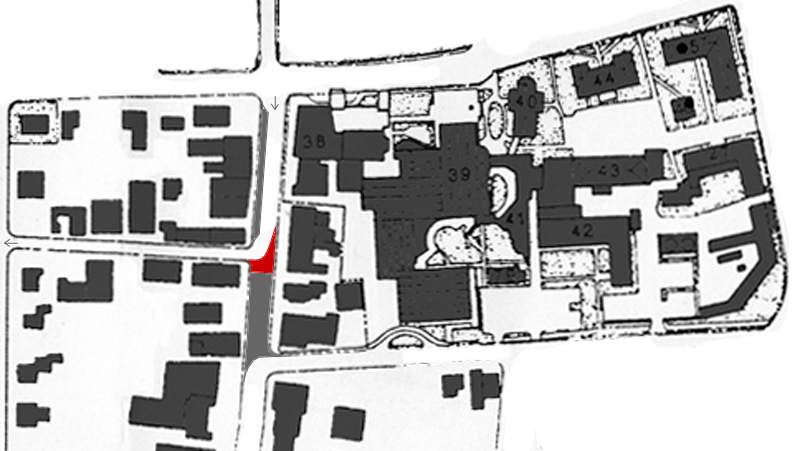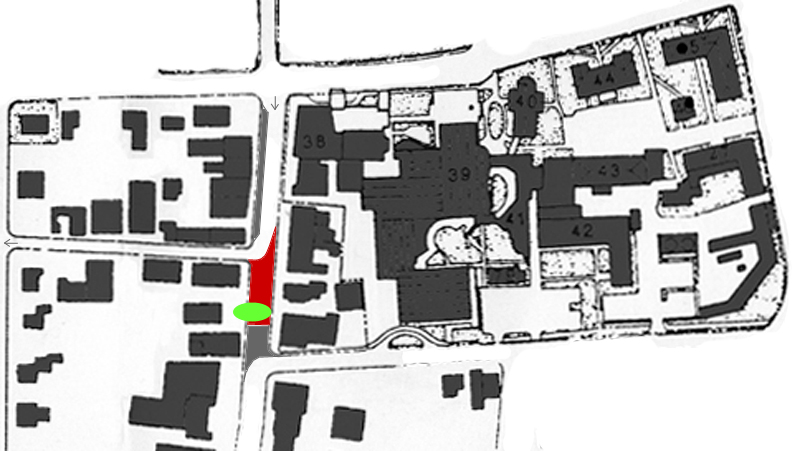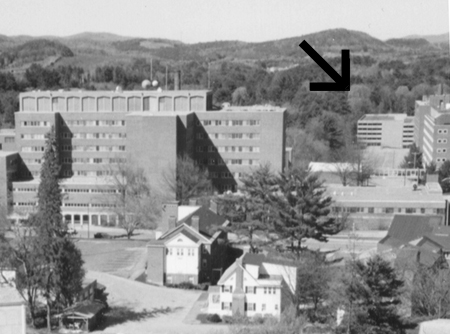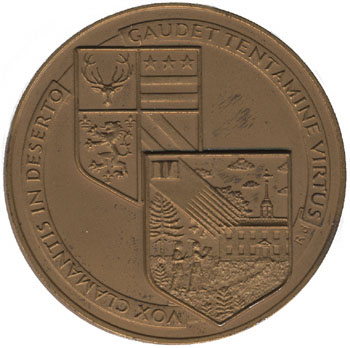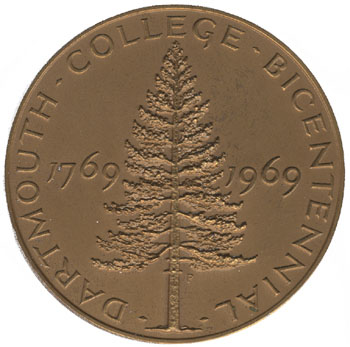Take a look at this fascinating 19th-century photograph of the rear of Dartmouth Row. It is dated to the pre-1904 period, but judging from the tents, one might guess that it was taken in 1869, at the time of the centennial celebration. Younger alumni, many of them Civil War vets, were housed here in tents borrowed from the Army. And take a look at the small building on the left — is that a Temple of Cloacina, an ephemeral outhouse? Middle Fayerweather Hall stands in that area now.
The push to apply the nickname “The Woods” to Memorial Field continues (see the Big Green Alert Blog). What about fashioning some of the walls of the replacement stands from board-formed concrete (ConcreteNetwork.com)? What about incorporating a couple of precast concrete columns in the shape of trees?
The Rauner Blog has an interesting post on John Smith, a 1773 graduate, Preceptor of Moor’s Charity School, early Tutor at Dartmouth, and Trustee.
Campus Planning & Facilities has a collection of articles on the Grant.
It turns out the football team last spring ran a uniform design contest through the same website that Graduate Studies used to design their coat of arms, 99designs. The winning football uniform design includes lots of Lone Pines, including on the shoulders and the back of the helmet; most interesting is the Pine on the palm of each glove. The design brief says “We would also like to see some designs that incorporate the ‘Lone Pine’ (pictured below) on the shoulders or in any creative way, similarly to Oregon’s ‘feathers’ on the shoulders of their jerseys.” The brief mentions the state motto but not the school motto, strangely.
Back in August The Dartmouth had an article on Bruce Wood, maestro of the Big Green Alert site and its blog companion Big Green Alert Daily.
The Rauner Blog also has posts on General Thayer’s gift of his library; the catalogs of Dartmouth College and Dartmouth University; and an 1829 letter from Joseph Dow describing the college.
The Valley News announces that Friendly’s in West Leb is closing. I’ll never forget the disappointment on the face of a logician friend when he learned that the “ham and turkey pot pies” that our server mentioned among the dinner specials were actually nothing more than ham pot pies and turkey pot pies.
Cognitive Marketing designed the Thayer School shield.
Check out the May 1957 issue of the Dartmouth Alumni Magazine. The issue features Harrison’s initial design for the Hopkins Center. The plan is all there, but the details are changed. The view on pages 22 and 23 shows the long north-south corridor in a different form. The Barrows Rotunda, the cylindrical exhibition space in the front facade? It looks like it was descended from an unroofed two-level glass-walled shaft that features in this 1957 design — it was meant to go right through the middle of the Top of the Hop.
For Larson’s prior design for the Hop, see the December 1946 Alumni Magazine, beginning on page 11.
Tuck’s 2008 visual identity guide is available as a pdf. It’s cute that it calls the green color “Tuck green.” The book specifies the Sabon and Frutiger typefaces.
The athletics Graphic Standards Manual of 2005 is also available as a pdf. Now we know whom to blame for the gigantic TM connected with the green D logo (page 3). It is interesting that in addition to Dartmouth Green (PMS 349 C), this book also defines Dartmouth Black (Pro Black C) (page 11). The primary, “athletic” typeface is not named, but the secondary typeface is specified as Gill Sans Bold.
The authors of the manual are SME Inc., the firm that created a shield for Manhattan College and the MLS logo with the boot striking the ball. (As an aside, that MLS logo recently was replaced by a shield designed by Athletics and Berliner Benson. A post at Brand New shows the shield partitioned by an almost typographical line that hangs over the border like the tail of a letter Q.)
